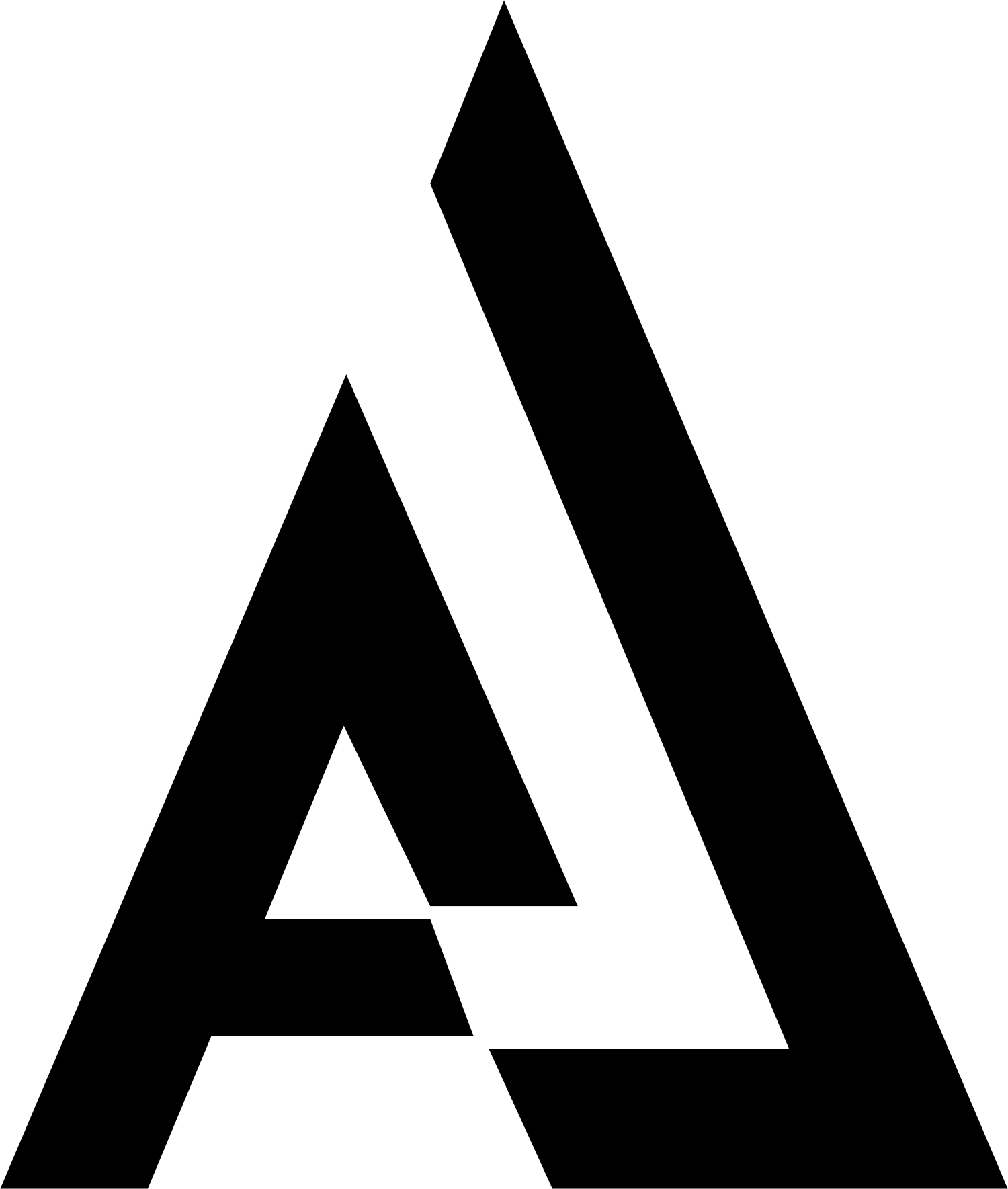Flatness Fades: From iOS 7 to Big Sur and Beyond
By the summer of 2020, something strange was happening at Apple. Amid a quiet but visually ambitious WWDC presentation, macOS Big Sur debuted with redesigned icons that looked like they came from another era, and the future at once.
Rounded shapes, reflective gradients, shadows with dimension. These weren't the purely flat glyphs of iOS 7. Nor were they the hyper-realistic metaphors of the Forstall era. They were something in between.
Neomorphism.
A word that sounds like it belongs in a sci-fi novel, but what it describes is simple: digital design that mimics physical lighting, shape, and texture. Not in a literal way, but in a subtle, tactile one. The kind of design that looks like it could cast a shadow on your desk if you tilted your screen just right.
That was the tell, Apple was shifting again.
The Post-Forstall Era: Ive Takes the Wheel
When Scott Forstall was shown the door in 2012, Apple didn’t just lose the guy who oversaw the first six versions of iOS. It lost its champion of skeuomorphism. And for the first time, Apple combined software and hardware design under one roof, Jony Ive's.
Up until then, Ive had shaped Apple’s devices. Not their interfaces. He’d designed the iMac, the iPhone, the MacBook. But now, Apple was asking him to apply his industrial design philosophy to screens.
And Ive was ready.
He'd been trained in the Bauhaus school of thought, inspired by Dieter Rams, a disciple of "form follows function." Rams, the German design legend behind Braun's most iconic products, believed good design was honest, unobtrusive, and focused. You see it in his radios, you see it in his calculators, and eventually, you saw it in Apple.
Ive didn’t want texture for the sake of nostalgia. He didn’t want interfaces to pretend. The felt, the leather, the stitching, gone.
iOS 7: The Flat Reset
When iOS 7 dropped in 2013, it was like someone pulled the curtain back. The skeuomorphic stage set was dismantled. In its place, bright colors, clean lines, razor-sharp typography, and a blinding amount of white space.
Some critics called it refreshing. Others called it sterile. But there was no doubt, Apple had turned the page.
Gone were the woodgrain bookshelves of iBooks. The yellow legal pad of Notes. The green felt of Game Center. Now, apps were glass panels floating on light. The calendar no longer needed to look like a calendar. It just needed to be.
Behind that shift was Ive's belief that software is a blank canvas. It has no weight, no shadow, no natural material. So why pretend otherwise?
The visual language stripped away metaphor in favor of clarity. Simplicity wasn’t just aesthetic, it was philosophy.
Yosemite to Catalina: The Mac Gets a Makeover
After flattening iOS, Apple brought the same clarity to macOS. Yosemite, released in 2014, overhauled the interface to match the iOS 7 aesthetic. Icons were redrawn. Gradients muted. Borders minimized.
But something interesting happened. While the design leaned flat, the Mac resisted full conversion. Icons retained just enough shading to hint at their 3D lineage. Not photorealistic, but not purely symbolic either. More like playful caricatures of their past selves.
That visual balance stuck around for years, all the way through macOS Catalina. Until 2020.
Big Sur and the Return of Dimension
Then came Big Sur.
Icons were reborn again. And this time, they didn’t shy away from shadows. The Messages app, for example, went from a flat speech bubble to something almost tangible. With light reflecting across its surface and casting gentle shadows onto its background, the icon felt like it could be held.
Apple hadn’t gone back to skeuomorphism. But it hadn’t stayed in flatland either. This was neomorphism. A nod to depth, a tease of tactility, and perhaps, a preparation for what comes next.
Why Neomorphism Makes Sense Now
This wasn’t just a design refresh. It was a strategic move.
Apple has been investing heavily in AR. And when you place digital interfaces in physical space, they need to behave like real objects. Cast shadows, reflect light, respond to context.
Flat UI makes sense on a 2D screen. But in AR, it floats awkwardly. Neomorphism bridges that gap. It gives digital objects the illusion of presence. Enough realism to feel embedded, not pasted.
If Apple wants to move its interface from screen to space, neomorphism isn’t just an aesthetic choice. It’s a prerequisite.
So Where Did Jony Ive Go?
After consolidating Apple’s visual language and shaping its design culture, Jony Ive left the company in 2019. Quietly, but decisively.
In truth, he'd been disengaging for a while. He started focusing more on luxury projects, cars, cameras, high-fashion collaborations. The $10,000 gold Apple Watch, that was him. He wanted Apple products to live in couture, not just in tech.
He eventually shifted focus to Apple Park, his architectural magnum opus. And then he left. Not fired. Not forced. Just done.
But he didn’t vanish. He started LoveFrom, a design consultancy with Apple as its first client. A return, in some ways, to his roots.
Looking Ahead
Today, Apple’s design team remains among the most celebrated in the world. Tight-knit, decorated, deeply influential. The vision Ive built lives on, even as his name recedes from headlines.
Neomorphism may not define the future. But it tells us something about the present. About Apple’s willingness to reference its past without being imprisoned by it.
The flat era, it didn’t fail. It just ended.
Now, depth is back. Subtle, strategic, familiar, strange.
The future doesn’t always start with a bang.
Sometimes, it starts with a shadow.




